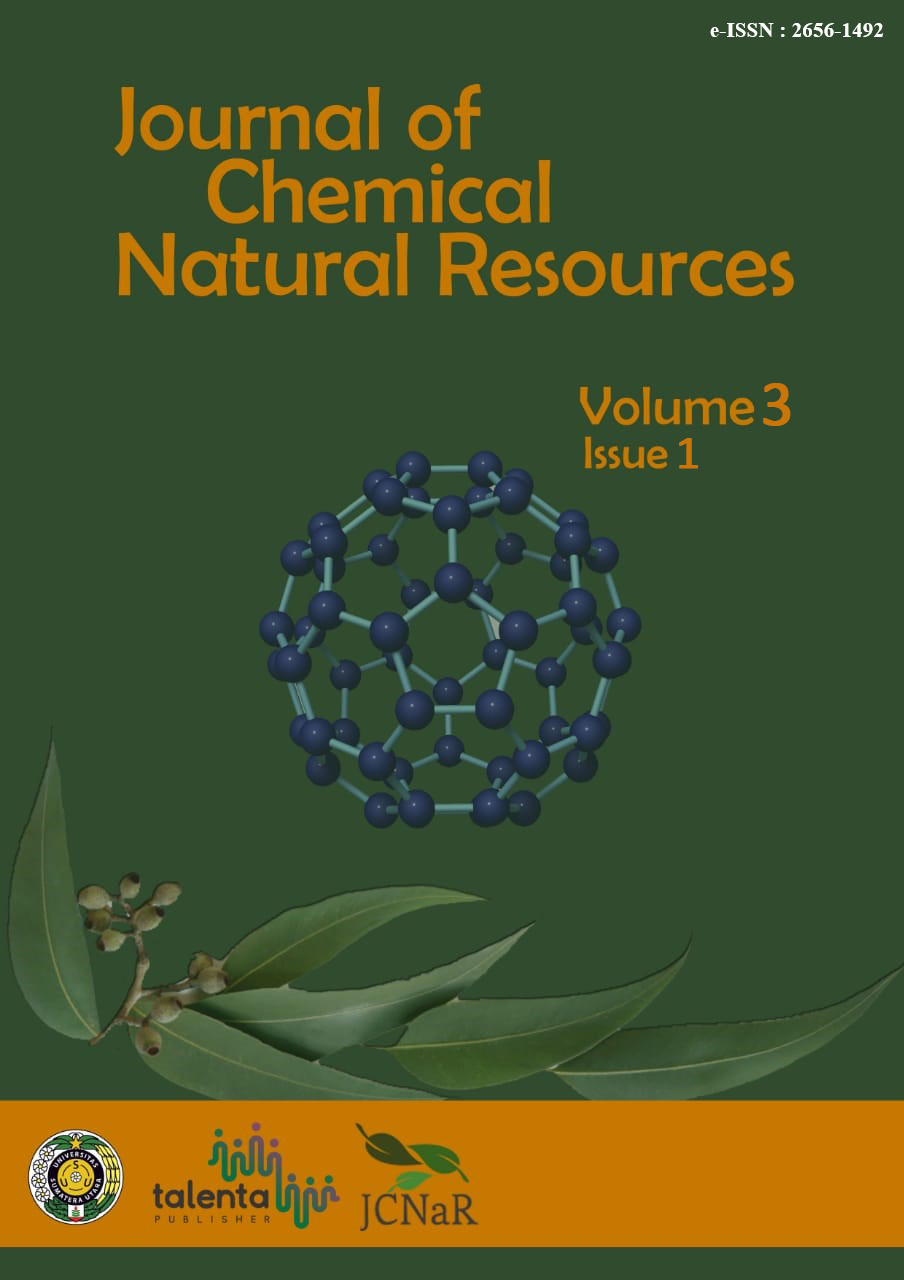Analysis of Copper (Cu), Chromium (Cr), and Manganese (Mn) Levels from Liquid Waste of The Steel Industry with Atomic Absorption Spectrophotometry (AAS) Method
DOI:
https://doi.org/10.32734/jcnar.v3i1.9338Keywords:
Liquid waste, Cu, Cr, Mn, AASAbstract
Liquid waste from the steel industry processing, washing machine, and kitchenware foundry contained the elements of copper (Cu), chromium (Cr), and manganese (Mn). The effluent samples were destructed using concentrated HNO3. Then determined the concentration of the elements copper (Cu), chromium (Cr), and manganese (Mn) using an Atomic Absorption Spectrophotometer with a calibration curve. The results obtained for the level of copper (Cu) on the sample inlet was 0.9714 mg/L to 0.9719 mg/L, and the sample outlet was 3.9990 mg/L to 4.0002 mg/L. Levels of the element chromium (Cr) on sample inlet was 0.0295 mg/L to 0.0297 mg/L, the sample outlet was 0.0399 mg/L to 0.0400 mg/L. Meanwhile, the level of manganese (Mn) in the sample inlet was 0.1269 mg/L to 0.1271 mg/L in a sample outlet was 2.9699 mg/L to 2.9701 mg/L. Then the steel industry wastewater for elemental copper (Cu) and manganese (Mn) exceeded the limits that have been instituted by the Minister of Environment Decree No. 51, 1995, regarding the Liquid Waste Quality Standard for Industrial Activity.
Downloads
Downloads
Published
Issue
Section
License
Copyright (c) 2022 Journal of Chemical Natural Resources

This work is licensed under a Creative Commons Attribution-ShareAlike 4.0 International License.















